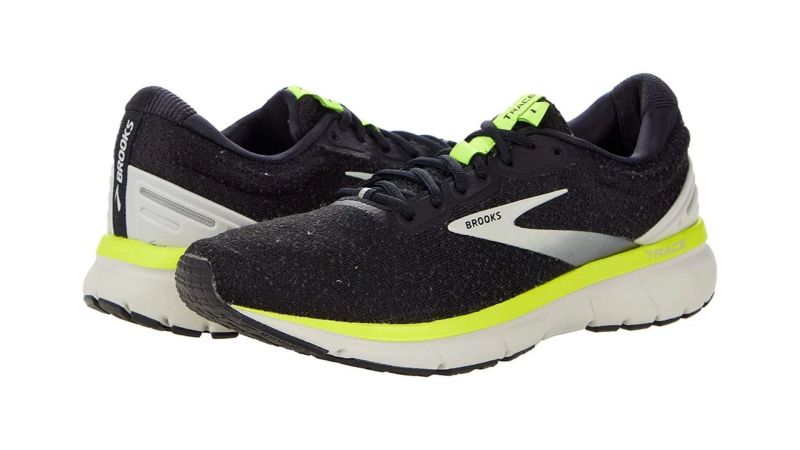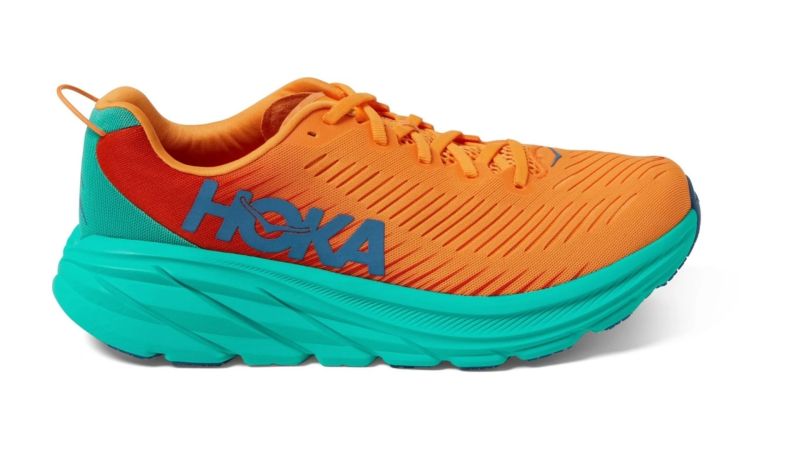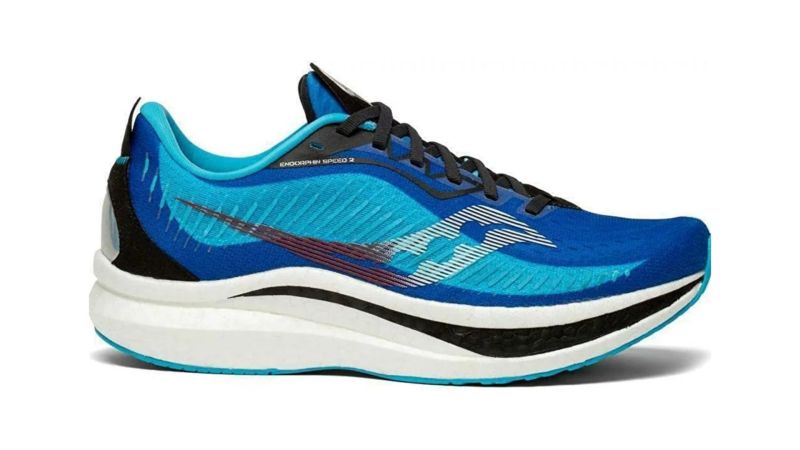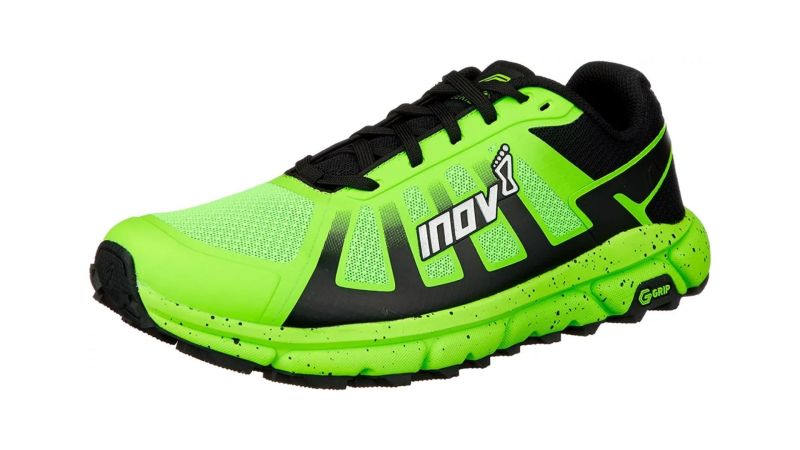We may earn revenue from the products available on this page and participate in affiliate programs.
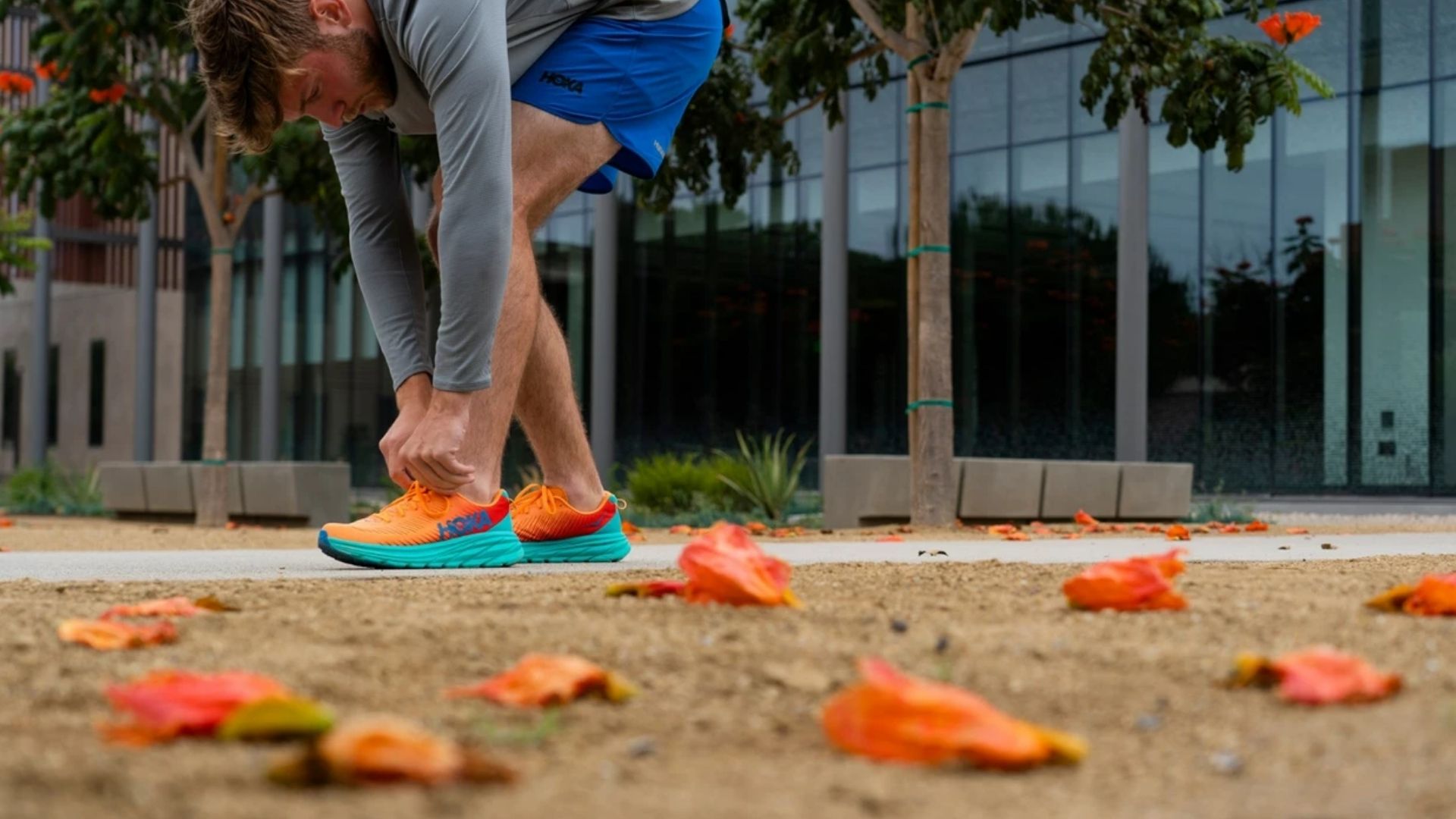
The annual PFT can be a source of major anxiety or a check to cash, and having the right running shoes plays a significant role in determining which of those applies to you. Let’s work backward to get you ready to ace that fitness test.
You’re lined up and ready to run. Whether you’re running three miles for the Marine Corps or 1.5 miles for one of the cardio-averse branches, you’ve trained for it and can maintain the pace you need to max out your score. The people around you might be dreading the next several minutes, but you’re comfortable with what’s about to happen.
Why are you so confident? Because you spent months training for it. Instead of kicking back and pretending the day would never come, you built a plan and stuck to it. How could you maintain such a regimen? Some of the credit goes to having the right running shoes. When your feet don’t hurt, you can run faster, cover more ground, and spend less time recovering. It’s a cycle of success that leads to increasingly high-quality training and lower run times.
No pair of shoes will turn you into a track star by itself. Having some of the best men’s running shoes will make training and executing your plan a hell of a lot easier, though.
- Best Overall: Asics Metaspeed Sky
- Brooks Trace: Brooks Trace
- Honorable Mention: Hoka Rincon 3
- Best for Long Runs and Marathons: Saucony Endorphin Speed 2
- Best Cushioned: New Balance Fresh Foam 1080 V11
- Best Men’s Trail Running Shoes: Inov-8 Terraultra G 270
Methodology
One thing we can all have in common with collegiate track stars and trail-running ultra-marathon maniacs is an appreciation for the investment we make in quality footwear. In addition to my experience running everything from the CFT to half marathons and long trail runs, I aggregated expertise from leading sources like Runner’s World, Running Shoes Guru, and The Ginger Runner. I sought out the latest iterations of some perennial favorites, as well as a few newcomers to mainstream running. That long list got narrowed down to the most compelling running shoes in terms of features and value. This list is full of innovative designs, cutting-edge materials, and industry know-how.
Best Overall
Asics Metaspeed Sky
Best Value
Brooks Trace
Honorable Mention
Hoka Rincon 3
Best for Long Runs and Marathon
Saucony Endorphin Speed 2
Best Cushioned
New Balance Fresh Foam 1080 V11
Best Men's Trail Running Shoes
Inov-8 Terraultra G 270
Our verdict on men’s running shoes
The Asics Metaspeed Sky dazzled us with high-tech components that justify the sky-high asking price. This shoe makes it easier to rack up the miles in preparation for any distance. If you’re looking to spend less, the Brooks Trace is an easy entry into the world of quality running shoes. Did our list of top running shoes for men miss your favorite? Leave a comment and share the knowledge.
What to consider when buying men’s running shoes
There is no perfect running shoe for everyone. Not only are there anatomical differences in the size, shape, and movement of our feet, the type of running you do will dictate which shoes you should consider. You should understand the differences between trainers, road running shoes, and trail running shoes before you shell out any money. You should also be familiar with the way your body moves and be able to explain things like pronation, supination, and drop.
Types of running shoes for men
Trainers
The least expensive running shoes for men are casual trainers. You might also see these shoes sold as jogging shoes or athletic shoes. Something like the Under Armour Charged Pursuit 2 is a good option for gym workouts, although we recommend dedicated weightlifting shoes for the squat, deadlift, and Olympic lifts. Casual trainers are also good for walks and everyday wear.
With versatility comes sacrifice. Cross-trainers aren’t cut out to be running shoes; they’re too soft, don’t provide adequate support, and wear out prematurely. There’s nothing wrong with owning a pair of trainers as long as you don’t expect them to be your go-to running shoe.
Road running shoes
Road running shoes are designed to log lots of miles on hard surfaces like concrete and asphalt. This is where most runners spend their time, so road running shoes make up the bulk of the running shoe market.
Pavement provides all the stability you could ever want, but it’s extremely hard and unforgiving. Good road running shoes provide cushioning to protect your joints –– knees, in particular –– from the abuse of impacting a hard surface over and over. They tend to be very light and use flat, smooth outsoles that maximize surface area for grip on the road. Because pavement provides such a sturdy platform, road running shoes can afford to be flexible.
Trail running shoes
Trail running shoes occupy the middle ground between road running shoes and hiking shoes. In addition to keeping your feet stable, they need to create traction on loose surfaces and protect your ankles against obstacles and uneven ground. Fewer people train on trails, so the selection isn’t as extensive as it is for road running shoes.
Because trail surfaces are soft and inconsistent, trail running shoes are stiffer than road running shoes. This extra structure creates a solid foundation for your foot, even if the ground underneath is less than ideal. Outsoles use aggressive tread patterns to bite into dirt and mud while dispersing water away from your foot. Trail running shoe uppers are heavier and more substantial than their road-going counterparts, and waterproof materials like Gore-Tex are common.
Key features for men’s running shoes
Corrective support
Every component of good running shoes for men is important, but the most important part is sandwiched between your foot and the rubber outsole. The midsole acts as a foundation and gives a running shoe its structure.
Neutral running shoes are best for people whose ankles remain aligned with their heels and knees under load and can be a good choice for those who experience excessive supination (ankles rolling outboard). In the past, corrective shoes used additional support to correct pronation (ankles rolling inboard) or severe supination, but midsole technology has gotten good enough that most runners get everything they need from a neutral shoe.
One way to know what your ankles are doing is to check your current insoles. Wear that’s centered under the ball of your foot indicates a normal amount of pronation. Wear on the inside indicates overpronation, and wear on the outside suggests supination.
Cushioning
Support can also come in the form of cushioning. A plush midsole provides impact absorption that protects your joints, but it can also reduce stability. The amount of cushioning you choose is a matter of personal preference. Generally speaking, runners prioritize efficient power transfer for short distances, and comfort for longer distances. Beginner runners are often less tolerant of aches and pains, so entry-level shoes tend to be fairly well-cushioned.
The amount of cushioning is not always consistent across the length of a running shoe. One measurement you might see in a shoe’s description is the amount of drop. Drop is the height difference between the heel and toe. Some runners prefer a flat shoe, but most running shoes put your heel somewhere around 10 millimeters higher than the ball of your foot.
Breathable, supportive upper materials
The upper portion of running shoes gets a lot of attention, but there’s more going on than flashy colors. The best running shoes for men allow ample airflow to keep your feet cool and well-ventilated. This isn’t just a matter of comfort; it’s about preventing hot spots that turn into blisters, slow you down, and drag out recovery times.
The material that wraps your foot should be supportive, but forgiving. Casual athletic shoes and jogging shoes might feel like slippers when you first put them on, but they’ll let your feet flop all over the place as you run and you’ll quickly get sore from trying to compensate with the tiny muscles inside your feet.
Traction
A running shoe’s outsole is the interface between you and the road. If you can’t get traction, you can’t generate force. Think of a shoe’s outsole like the tires on your car. If you spend most of your time on the road or sidewalk, your running shoes need to maximize the contact patch to grip the pavement and absorb impact.
If you do a lot of trail running, the bottom of your shoe should look like a mud tire. Trail running shoes have chunky tread blocks that bite into loose surfaces to give you the traction you need to keep your footing and push forward.
Men’s running shoe pricing
Plan on spending $100 to $150 on a pair of good running shoes for men. That’s the sweet spot for shoes that offer legitimate performance without going overboard. Occasionally you’ll get lucky and find one on sale –– the Brooks Launch GTS 8 (our pick for best stability shoe) is available for as low as $75 at the time of writing. Be wary of running shoes with an MSRP much below $100, because they’re likely better suited to casual jogs than training for a timed run.
Beyond $150, you’ll find premium running shoes with cutting-edge technology. The Asics Metaspeed Sky is the outright best show on this list thanks to features like a carbon plate and advanced midsole construction. Is this level of performance necessary? No, but high-level runners will appreciate every second they can shed to set a new personal best time.
FAQs about men’s running shoes
You’ve got questions, Task & Purpose has answers.
Q: Should men’s running shoes be a size bigger?
A: The size of a running shoe varies depending on the brand. Some brands fit bigger than others while some fit true-to-size. If a shoe is too small, your feet will press against the shoe and you could lose a toenail. If a shoe is too big, your feet will slide and could blister. Therefore, before you buy, it’s important to measure your feet and understand the fit of the shoe.
Q: What shoes do marathon runners wear?
A: At the highest level, marathon runners wear whatever the best shoes their sponsors are able to provide. Everyone else has to balance performance with cost to find what works for them. It’s a matter of personal preference.
Q: How do you tell if a shoe is for running?
A: Pay attention to the language manufacturers use. Stay away from athletic shoes, jogging shoes, and cross-trainers. Stick to dedicated running shoes.
Q: How long should a pair of running shoes for men last?
A: There are too many variables to give a one-size-fits-all answer, but 500 miles is a safe estimate. Pay attention to the midsole. When you see it starting to pack down, you’ll know it can’t provide as much cushioning as it used to and that it’s time to move on.

